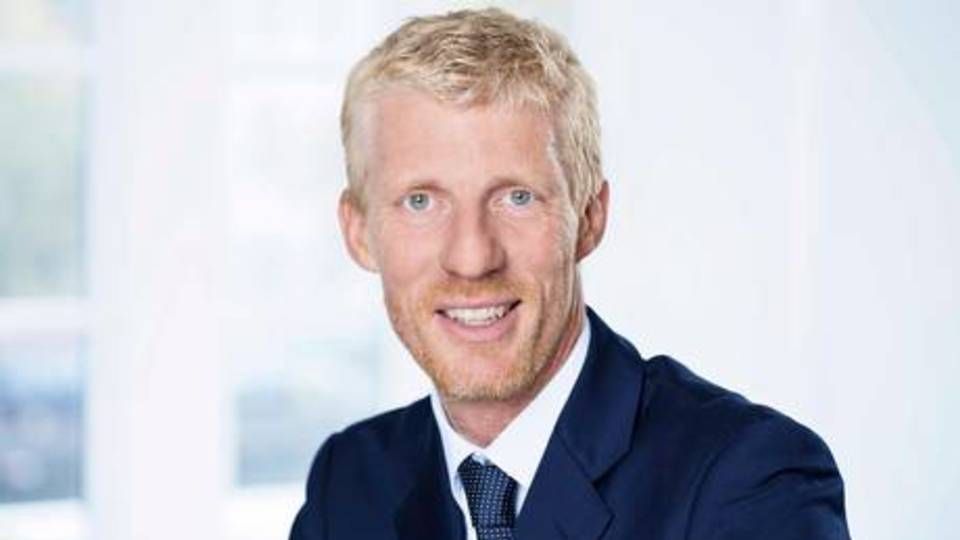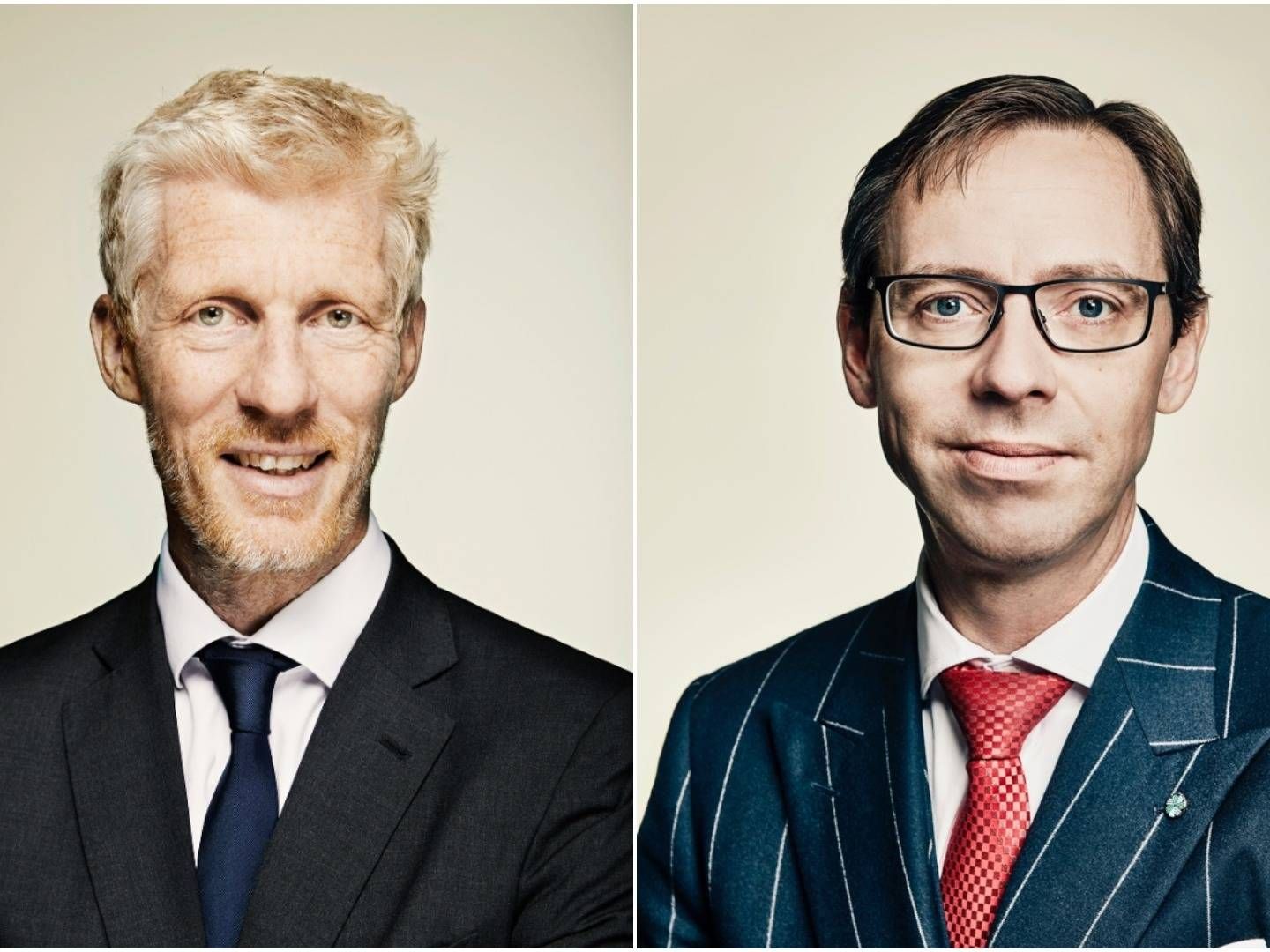Column: Excessive return expectations risk setting savers up for disappointing retirement

There's an ongoing global debate about the expected long-term asset returns for the coming 5-10-20 years.
This is particularly relevant these days as valuations across most assets are among the highest ever recorded in financial history. This is in general true for both fixed income, equities and alternative investments.
In their newly published annual updated return yearbook, made in cooperation with Credit Suisse, three prominent UK professors Dimson, Staunton and Marsh share their view on the matter.
For many financial professionals, the yearbook is a bible with 121 years of asset returns sampled across 23 nations. This year the professors are not only looking in the rearview mirror, but in a special chapter are also looking forward and trying to offer a return forecast of what Generation Z can expect to receive in returns from a simple portfolio composition of 30 percent bonds and 70 percent equities.
They then compare that to returns received by preceding generations such as Baby Boomers, Generation X etc. since 1950, 1970 and 1990 respectively.
Mindblowing
The results are mind blowing: While previous generations have received very similar real returns in the narrow interval of 5.7-6.4 percent per year since the 1950’s, Generation Z can expect only 2 percent annual real return, in other words only a third the return of previous generations.
Or let me rephrase: 2 percent is what all investors with a portfolio like the 30/70 mix can expect for the coming decade (the investment horizon is unclear in the report, so 10 years is my read between the lines).
Thus, such low returns will, of course, also impact the development of pension savings for other generations in the coming decade.
The math behind the low expected portfolio return is pretty simple: long-term real bond yields are approximately -0.5 percent, the historic equity risk premium (ERP) is 3.5 percent according to their data, so it is fair to expect -0.5 percent real return from bonds and 3.0 percent return on equities.
The low expected returns are supported by the empirical fact of low returns on both bonds and equities following periods of negative real yields.
Some will argue that the professors are too bearish and most asset managers on the sell-side have higher numbers. No so much on fixed income, but on equities, with expected yearly real returns of 4-6.5 percent very common.
Other investors have just as low or even lower expected returns than the professors.
Swedish and Danish industry might overestimate real returns
One could also rightly argue that portfolio returns, even for Generation Z, will be higher as alternative investments and credit bonds typically will be a part of a mixed portfolio. However, given that the expected returns are before costs, the 2 percent real return seems a reasonably assumption for a mixed portfolio the next 10 years.
These comparably low forward-looking returns have serious implications, not least for the young generation at the beginning of pension savings life, but also older pension savers.
Firstly, a 2 percent real return is not only two thirds lower than the historical return, it's also 30-50 percent lower than what the pension industry uses as return assumptions in Norway, Sweden and Denmark.
It's not possible to calculate directly comparable numbers for the three Nordic countries due to lots of different assumptions. But here are some rough comparisons.
In Norway, based on last months revised agreement on return prognosis from financial industry's body association Finans Norge, the industry now uses long term expected returns of 2.85 percent for a 70/30-portfolio according to my back of the envelope calculation.
This is actually a very realistic assumption given the much higher yield curve in Norway than in Sweden and Denmark. Norway also uses a very conservative equity risk premium of 2.75-3.0 percent versus the 3.5 percent from Dimson, Staunton and Marsh (DSM).
In Denmark the assumption is for a real annual return of 3 percent, according to the latest semi-annual data revision compiled by the special return assumption council of (interest group) Finans Danmark. And in Sweden, according to "Standard för pensionsprognoser", the long run assumption is for 3.75 percent real return for a 70/30 mixed portfolio, much higher than expected by DSM.
Serious consequences
It will have serious consequences for pension savers if the pension industry uses too high return assumptions, especially in Sweden and Denmark and for younger people.
A very simplistic scenario shows the consequences: A 30 year old Danish, Norwegian or Swedish pension saver with 0.5 mio DKK, SEK or NOK in pension savings will have accumulated a pension savings of only 609,000 kroner 10 years later at a 2 percent real return instead of 672,000 kroner at 3 percent or 895,000 kroner at 6 percent as previous generations due to compound interest. It's a decade return of 22 percent versus 79 percent.
The consequence is that the pension savings of younger people will develop much slower than for previous generations requiring them to set aside even bigger amounts to accumulate enough savings for retirement.
But it will also have big consequences for older savers expecting to grow their savings in line with historical results or as the pension industry currently expects. They will also, like the young savers, be set up for a gigantic disappointment and with very few years to recover from and with a non-neglible risk of an even worse outcome.
Consultancy’s new partner: Low expected returns increase the need for independent advisory
















